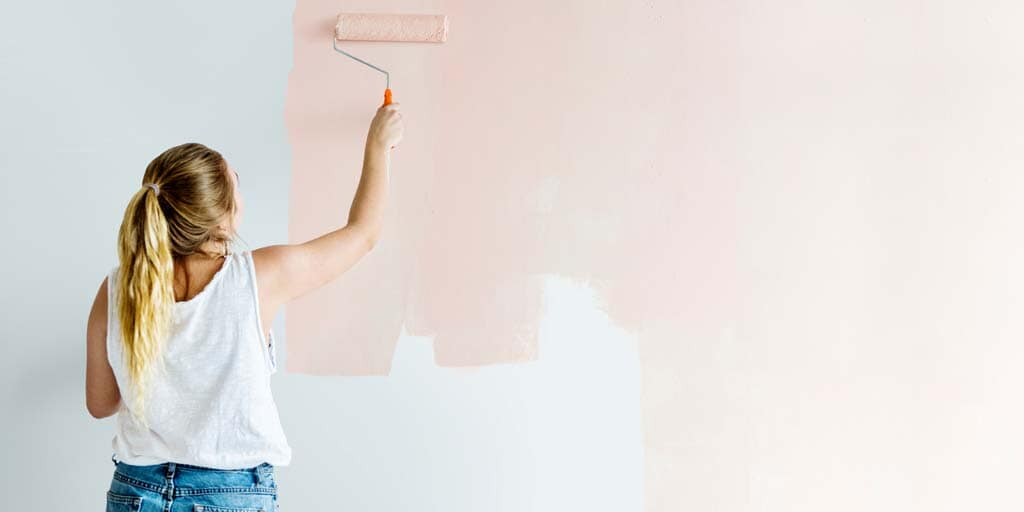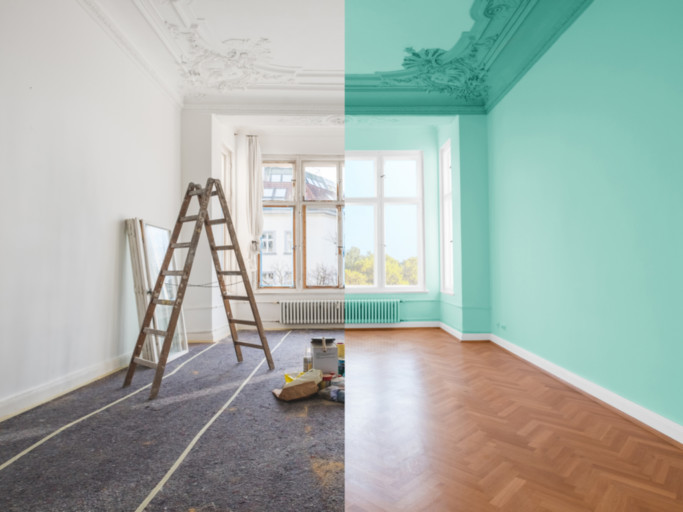TV Design Shows – What’s Realistic and What’s Faked?
Network television has long since turned the mundane into the entertaining and extraordinary. For many people, coming home from work and tuning in to certain channels and television personalities is like a visit with old friends. While the acts of purchasing new appliances or performing basic home renovation may not seem like riveting television to some, the rise of network giants like HGTV has given millions of people a bit of hope that their next home project can be handled with ease.
But can it, really? While it certainly may be entertaining to binge a few episodes of home renovation shows or House Hunters, just how realistic is the renovation being portrayed? Could the same work be done on your home for the same price and in the same time frame? This article pulls back the curtain to reveal what is real and what is faked in some of your favorite shows so that you can temper your expectations before your next big project.
Television, Scheduling, and Ratings

Simply put, the needs of a television show are going to come before the needs of the content being featured. Just like with any of your favorite television shows or movies, the main goal of the producers and companies behind the show is to make money; if that’s not happening, then it’s likely like they won’t be making much more of that content.
When it comes to TV design shows specifically, there’s a need to produce certain shows on a schedule, edit them down into entertaining television episodes, and make sure that ratings stay high. All three are important to a successful show, and each affects your favorite do-it-yourself (DIY) hosts differently.
What’s Faked

Generally speaking, what you see on television is going to be packaged, approached, and delivered within the confines of the show’s scheduling and ratings. Let’s take a look at some specific examples.
House Hunters and The Missed Move-In Moment
House Hunters is one of the longest-running shows on HGTV and has proven wildly successful across network television as a whole. It’s all too easy to tune in for a few hours and watch couples and families in the exciting moments as they pick between three great options for their next abode.
The only problem is that this selection, by the time we see it on TV, has already passed. As it turns out, in most cases the families featured on House Hunters already own the home for which they opted on the show, in some cases for months, before viewers are treated to the episode.
The reasoning behind this is fairly simple: shows must be produced on the network’s schedule, not that of the family. If House Hunters was produced without homes being picked out beforehand, it would be impossible to film the show in a time frame that would be profitable for the company. At the end of the day, House Hunters doesn’t exist to showcase growing families; it exists for ratings and profit.
Rushed Renovation and Design on A Dime
The same is true for shows specifically focused on home renovation and the art of DIY. David Sheinkopf covers this topic extensively on our podcast, but generally speaking, all of the work done on Design on a Dime needed to be completed in time for the show to be edited and packaged for release.
This meant that, occasionally, corners would need to be cut, homeowners would be left unsatisfied, or work would remain unfinished. At the end of the day, the television show producers are more interested in the outward spectacle of the homeowners’ expectations being blown away as they saw complete renovations completed for a fraction of the expected costs.

Staging Furniture
Speaking of costs, there’s also the rampant issue of staging and leased furniture. Shows like Fixer Upper, for example, have a tendency of implying that all furniture left in the completed homes are given to the homeowners as part of the renovation price, but this is not the case.
Clients of hosts Joanna and Chip Gaines are quick to confirm that—while renovations are completed as promised—the furniture you see during the big reveal isn’t included with the renovation but rather costs extra.
What’s Real

Conversely, not everything you see on DIY and design programs is faked. While things such as large scale renovations aren’t usually achievable within such a short space of time, there are elements of truth in such TV shows – so you can rest assured that it isn’t all completely fake.
Finished Products
Like Aaron Massey said on our podcast: “there are realistic expectations, and there is what you see on TV.” You simply can’t expect a complex renovation to be completed in the speed and at the cost of those that take place on television. That doesn’t mean, though, that these renovations cannot be finished eventually.
In many cases, the renovation work you see on design shows is still completed even if the quality and feasibility of the project’s budget are in question. For example, on the show Property Brothers, hosts Jonathan and Drew Scott are quick to confirm that all renovation work and furniture shown on television stays with the family.
David Sheinkopf also confirms on our podcast that most of his clients during his time on Design on a Time walked away with renovated homes that exceeded expectations. For all of the show-business and narrative reality television that features home renovation and design, at the end of the day, families still get the renovations they wanted.
Setting Expectations

So does that mean you can base your next home remodel on your favorite home design show? While television shows might not be able to give you realistic expectations for what you could be doing in your home, you can still build upon your favorite episodes and do some of your own research on what’s possible.
For instance, different parts of the country involve different standards of living, so you’ll need to account for pricing and costs in your region. You’ll also need to factor in the time difference, as your contractors will likely not be in as much of a rush as those paid by the television network.
As David said; “does your budget met your expectations?” Getting a quote from a nearby, reputable contractor is going to be far more valuable than relying on the quotes and prices offered on TV.
Final Thoughts
At the end of the day, the choice to DIY or renovate your home is a big one. You’ll need to be absolutely sure of what can be accomplished for the price.
While design TV shows are perfect inspiration for looking to see what sorts of options may be available for your home, we recommend taking some time to speak to professionals and make sure that your next home project is both set in reality and designed to give you a home you can enjoy far beyond your television set.




